Home>Furniture & Design>Outdoor Furniture>How To Keep Outdoor Furniture From Blowing Away
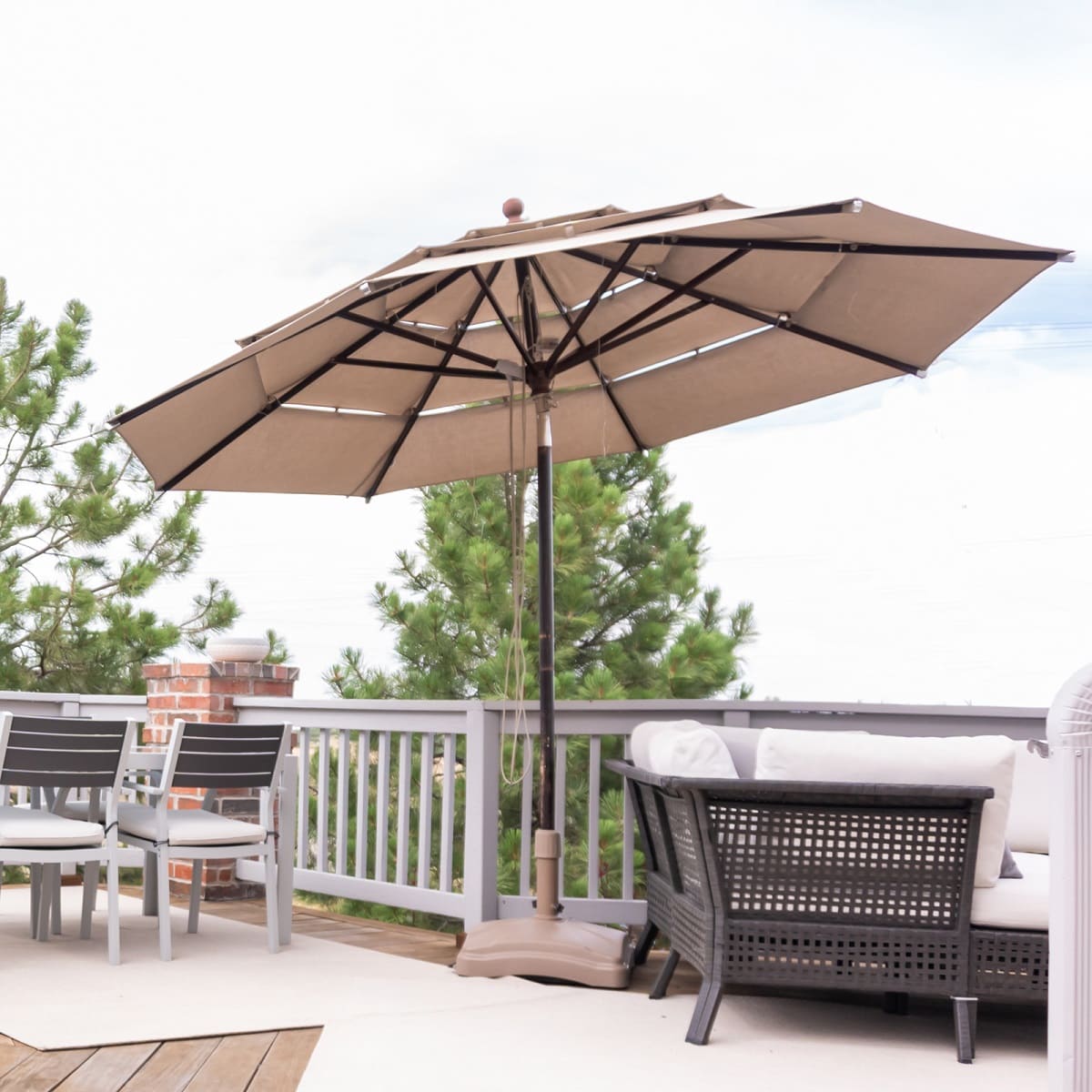

Outdoor Furniture
How To Keep Outdoor Furniture From Blowing Away
Modified: August 28, 2024
Learn effective methods to prevent your outdoor furniture from blowing away. Discover practical tips and solutions for securing your outdoor furniture in any weather condition. Protect your investment and enjoy your outdoor space with peace of mind.
(Many of the links in this article redirect to a specific reviewed product. Your purchase of these products through affiliate links helps to generate commission for Storables.com, at no extra cost. Learn more)
Introduction
When the warm breeze beckons you to bask in the great outdoors, your outdoor furniture becomes an essential part of your relaxation and entertainment. However, the tranquility of your outdoor oasis can be disrupted by strong winds, threatening to turn your beloved furniture into airborne projectiles. The frustration of constantly chasing after and repositioning your outdoor furniture can quickly dampen the joy of outdoor living.
In this guide, we will explore practical and creative solutions to keep your outdoor furniture firmly grounded, allowing you to enjoy the fresh air without the worry of your chairs, tables, or umbrellas taking flight. From selecting the right outdoor furniture to implementing anchoring techniques and storage methods, we will cover everything you need to know to safeguard your outdoor furniture from the perils of wind. So, let's dive in and ensure that your outdoor space remains a serene haven, no matter the weather.
Key Takeaways:
- Choose sturdy, wind-resistant outdoor furniture made of durable materials like teak or metal to prevent displacement and damage during windy conditions. Look for low-profile, heavy pieces with built-in securing features for added protection.
- Secure outdoor furniture with anchoring techniques, weighted bases, and tying down methods to counteract wind forces. Consider seasonal storage and protective covers to preserve furniture longevity and minimize displacement.
Read more: How To Keep An Outdoor Rug From Blowing Away
Understanding the Problem
Before delving into the solutions, it’s crucial to understand the challenges posed by windy conditions. Strong gusts can turn lightweight outdoor furniture into potential hazards, posing a threat to both the furniture itself and anything in its path. Patio chairs, tables, and even larger items like umbrellas can easily be lifted and tossed about by the wind, causing damage to the furniture and nearby structures, and potentially causing harm to people in the vicinity.
Aside from the physical dangers, the constant rearranging of outdoor furniture due to wind can be a significant inconvenience. It disrupts the peaceful ambiance of your outdoor space and can lead to frustration and dissatisfaction with the overall outdoor living experience. Additionally, the repeated movement of furniture can cause wear and tear, potentially shortening the lifespan of your outdoor pieces.
Understanding the impact of wind on outdoor furniture is the first step in finding effective solutions. By addressing the root of the problem, we can implement strategies to secure your outdoor furniture, providing peace of mind and allowing you to fully enjoy your outdoor oasis, regardless of the weather.
Choosing the Right Outdoor Furniture
When it comes to mitigating the risk of outdoor furniture being blown away, selecting the right pieces can make a significant difference. Opting for sturdy, well-built furniture designed to withstand outdoor conditions is essential. Here are some factors to consider when choosing outdoor furniture:
- Material: Look for materials known for their durability and resistance to weathering, such as teak, cedar, or powder-coated metal. These materials are less likely to be damaged by wind and adverse weather conditions.
- Weight: Heavier furniture is naturally less susceptible to being blown around. Consider solid, weighty pieces that are less likely to be lifted by strong winds.
- Design: Opt for furniture with a low center of gravity and a stable base. Pieces with a wider footprint and a lower profile are less prone to tipping over in windy conditions.
- Securable Features: Some outdoor furniture comes with built-in features or attachment points for securing them to the ground or to other structures, providing an added layer of protection against wind.
By carefully considering these factors, you can choose outdoor furniture that is inherently more resistant to wind and less likely to be displaced during storms or gusty weather. Investing in high-quality, wind-resistant outdoor furniture sets the stage for effective long-term solutions to keep your outdoor space secure and enjoyable.
Anchoring Techniques
One effective way to prevent outdoor furniture from being blown away is to employ anchoring techniques that secure the furniture to the ground or other stable structures. Here are some practical methods for anchoring outdoor furniture:
- Ground Anchors: Utilize ground anchors specifically designed for outdoor furniture. These anchors are typically made of durable materials such as steel and can be driven into the ground to provide a secure attachment point for ropes or straps.
- Concrete Weights: For umbrellas and other portable structures, concrete weights can be used to anchor the base. These weights provide substantial stability and are particularly effective for securing items that need to be repositioned frequently.
- Sandbags: Placing sandbags on the base of lightweight furniture or securing them to the legs of chairs and tables can add substantial weight, preventing them from being lifted by strong winds.
- Permanent Fixtures: For items that remain in a fixed position, such as pergolas or outdoor kitchens, consider integrating anchoring points into the original construction. This allows for secure attachment of furniture and structures, reducing the risk of displacement during windy conditions.
By utilizing anchoring techniques, you can significantly enhance the stability of your outdoor furniture, reducing the likelihood of it being blown away during windy weather. These methods provide a practical and effective means of securing your outdoor space, ensuring that your furniture remains in place and your outdoor area remains safe and inviting.
Use heavy-duty outdoor furniture covers or tie-down straps to secure your furniture. Place heavy objects on top of the furniture or use sandbags to weigh it down. Alternatively, consider investing in furniture designed to withstand strong winds.
Weighted Bases
When it comes to securing outdoor furniture, weighted bases offer a versatile and practical solution, particularly for items that require frequent repositioning or adjustment. Here are some effective strategies for using weighted bases to prevent outdoor furniture from being blown away:
- Umbrella Bases: Select umbrella bases that are specifically designed to provide stability in windy conditions. These bases are often weighted and can be filled with sand or water to increase their effectiveness in securing umbrellas.
- Portable Weights: For lightweight chairs and tables, portable weights designed for outdoor use can be attached to the furniture to add stability. These weights are often compact and easy to install, providing an immediate solution for securing movable furniture.
- Modular Systems: Some outdoor furniture sets come with modular weighted bases that can be interlocked or stacked to provide stability. These systems offer flexibility and adaptability, allowing you to adjust the weight according to the specific requirements of each piece of furniture.
- DIY Solutions: For a cost-effective approach, consider creating your own weighted bases using materials such as concrete, bricks, or heavy-duty containers filled with sand or gravel. These DIY bases can be customized to suit the dimensions and weight requirements of your outdoor furniture.
By incorporating weighted bases into your outdoor furniture setup, you can effectively counteract the force of wind and minimize the risk of displacement. Whether for umbrellas, chairs, or tables, weighted bases provide a practical and adaptable solution for maintaining the stability of your outdoor furniture, ensuring a safe and enjoyable outdoor living space.
Read more: How To Keep A Pergola From Blowing Away
Tying Down Furniture
Securing outdoor furniture through tying down methods can provide a reliable defense against strong winds and prevent displacement. Here are some effective strategies for tying down outdoor furniture to keep it firmly in place:
- Ratchet Straps: Utilize heavy-duty ratchet straps to secure larger items such as outdoor sofas, daybeds, or dining sets. These straps can be fastened to sturdy anchor points or structures, providing a robust and adjustable securing mechanism.
- Bungee Cords: For lightweight and portable furniture pieces, bungee cords offer a versatile and convenient way to prevent movement. Secure the cords around the furniture legs and anchor them to fixed points or heavy objects to maintain stability in windy conditions.
- Tie-Down Kits: Consider investing in tie-down kits designed specifically for outdoor furniture. These kits often include robust straps, anchors, and fastening components tailored to the unique requirements of securing outdoor furnishings.
- Custom Tie-Downs: Tailor tie-down solutions to the specific needs of your outdoor furniture. Utilize strong ropes, cables, or webbing to create custom tie-down configurations that provide optimal stability for different types of furniture.
By employing tying down methods, you can effectively fortify your outdoor furniture against the forces of nature, ensuring that it remains firmly anchored and resistant to wind-induced movement. These strategies offer a practical and adaptable approach to safeguarding your outdoor living space, allowing you to enjoy the outdoors without the worry of furniture displacement.
Storing Furniture
While securing outdoor furniture in place is crucial for withstanding windy conditions, another approach to safeguarding your outdoor pieces is to consider storing them during particularly severe weather events or extended periods of non-use. Here are some effective strategies for storing outdoor furniture to protect it from wind and adverse weather:
- Seasonal Storage: If your outdoor living space experiences frequent strong winds or stormy weather, consider implementing a seasonal storage plan. This may involve temporarily relocating lightweight furniture items to a sheltered area or bringing them indoors during inclement weather.
- Collapsible Furniture: Opt for collapsible or stackable furniture designs that allow for easy disassembly and compact storage. This approach is particularly useful for items such as folding chairs, tables, and loungers that can be conveniently stowed away when not in use.
- Covers and Protective Tarps: Utilize durable covers and protective tarps designed for outdoor furniture to shield it from the elements. Securely covering your furniture can provide an additional layer of defense against wind, rain, and UV exposure, extending its longevity and reducing the need for frequent repositioning.
- Indoor Storage: When feasible, consider storing outdoor furniture indoors during periods of non-use or during severe weather warnings. Indoor storage offers the highest level of protection and ensures that your furniture remains safe from wind-related damage.
By incorporating effective storage strategies into your outdoor furniture maintenance plan, you can minimize the impact of wind and adverse weather, preserving the condition and longevity of your outdoor pieces. Whether through temporary relocation, protective covers, or indoor storage, these approaches provide a proactive means of safeguarding your outdoor furniture and maintaining a welcoming and secure outdoor living space.
Conclusion
As you bask in the serenity of your outdoor sanctuary, the threat of wind-induced furniture displacement should never overshadow your enjoyment. By understanding the challenges posed by windy conditions and implementing effective solutions, you can fortify your outdoor space and ensure that your furniture remains firmly grounded, no matter the weather.
Choosing the right outdoor furniture sets the stage for a secure and resilient outdoor living experience. Selecting durable, wind-resistant materials and designs provides a solid foundation for protecting your outdoor pieces from displacement and damage. Additionally, incorporating anchoring techniques, weighted bases, and tying down methods offers practical and adaptable solutions to counteract the forces of wind and maintain stability.
Furthermore, considering storage options for your outdoor furniture during severe weather or extended periods of non-use provides an added layer of protection, preserving the longevity and condition of your cherished pieces. Whether through temporary relocation, protective covers, or indoor storage, these strategies contribute to a comprehensive approach to safeguarding your outdoor furniture.
By implementing these strategies, you can enjoy a worry-free outdoor living space, knowing that your furniture is secure and resistant to the whims of the weather. Embrace the tranquility of your outdoor oasis, and let the wind gusts dance harmlessly around your firmly anchored and well-protected outdoor furniture.
With a thoughtful combination of durable furniture selection, strategic anchoring, and proactive storage, you can create an outdoor haven that remains inviting and secure, regardless of the weather conditions. So, go ahead, savor the fresh air, soak in the sunshine, and revel in the peace of mind that comes with a securely anchored and wind-resistant outdoor living space.
Frequently Asked Questions about How To Keep Outdoor Furniture From Blowing Away
Was this page helpful?
At Storables.com, we guarantee accurate and reliable information. Our content, validated by Expert Board Contributors, is crafted following stringent Editorial Policies. We're committed to providing you with well-researched, expert-backed insights for all your informational needs.
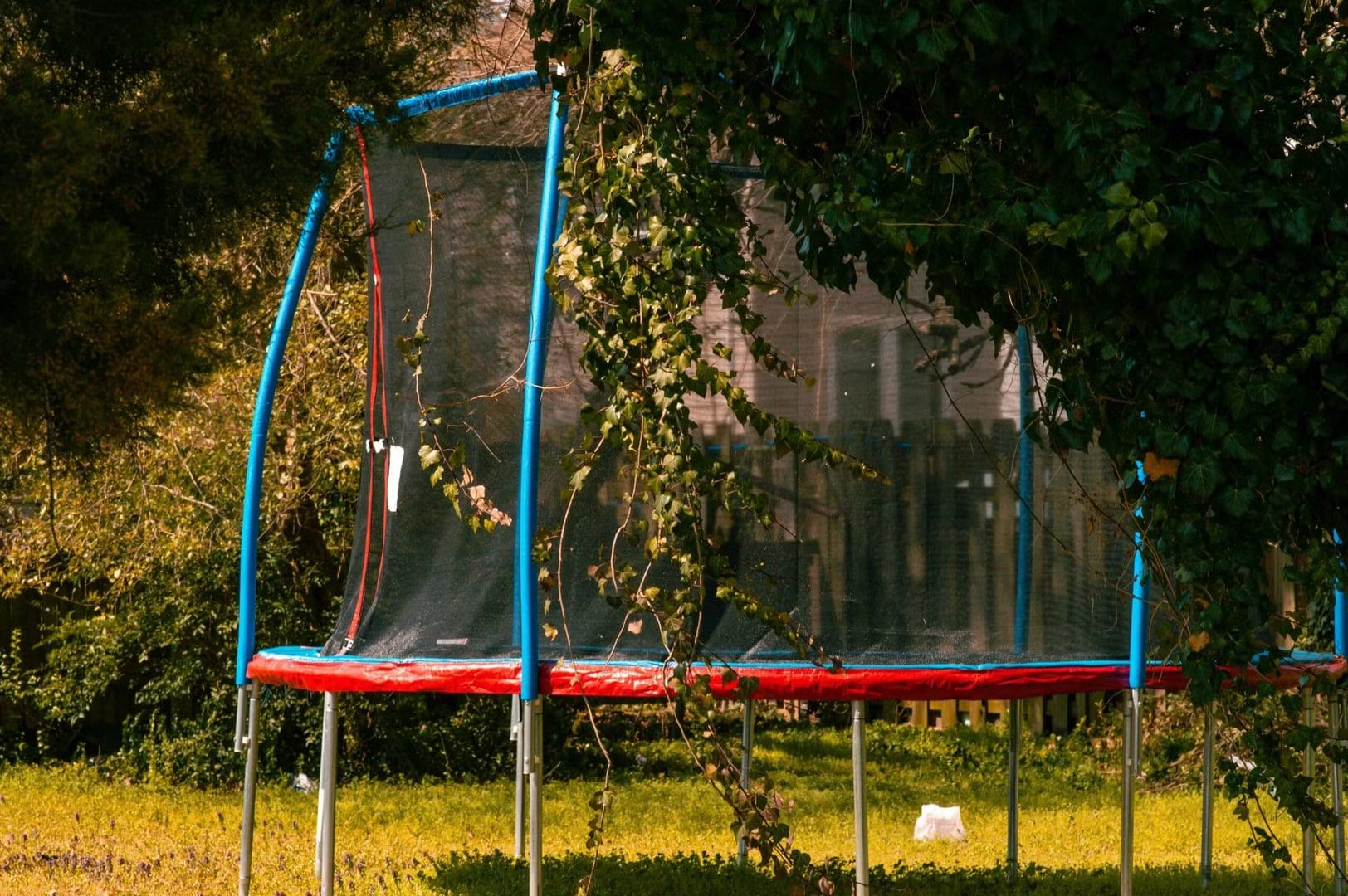
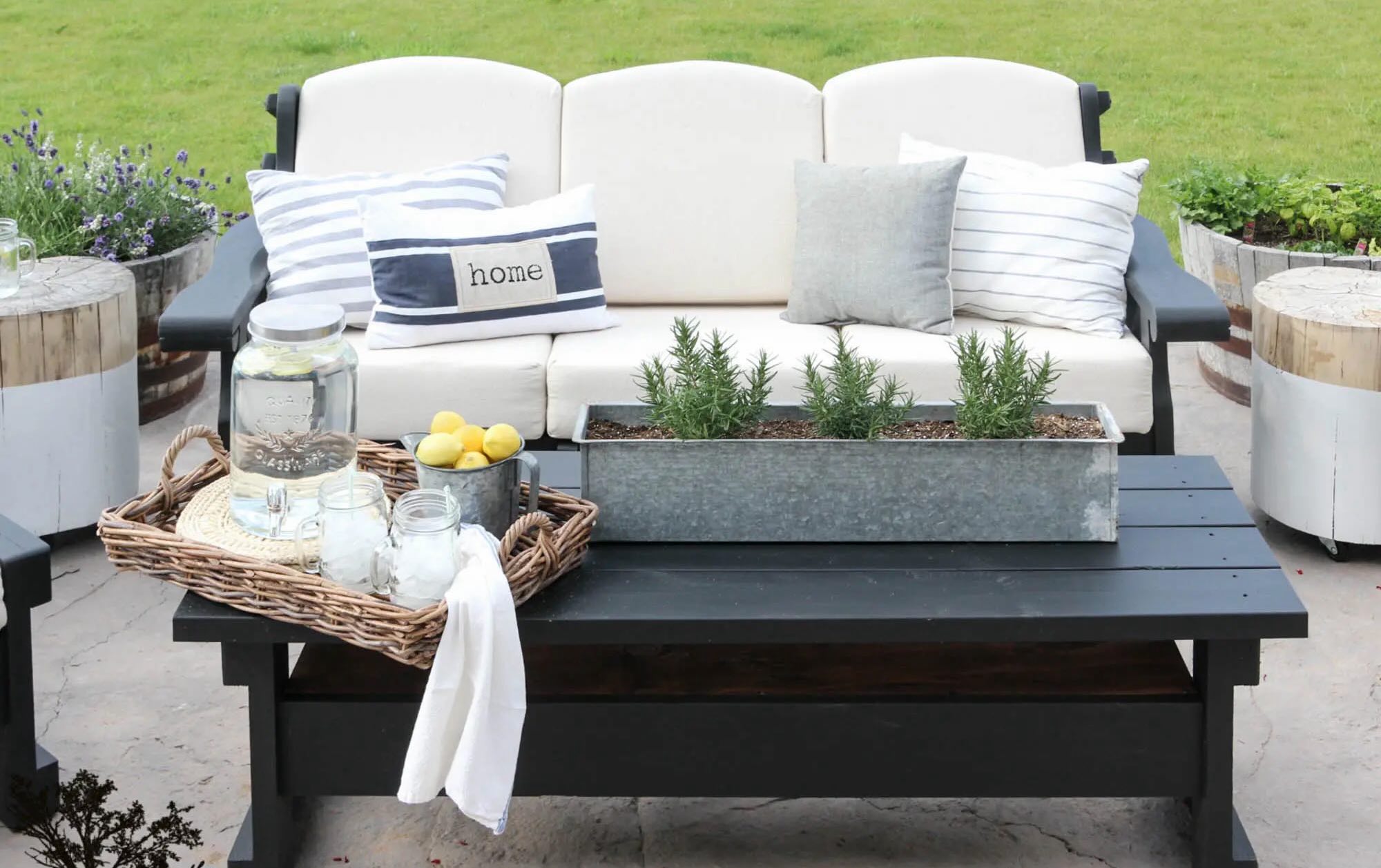

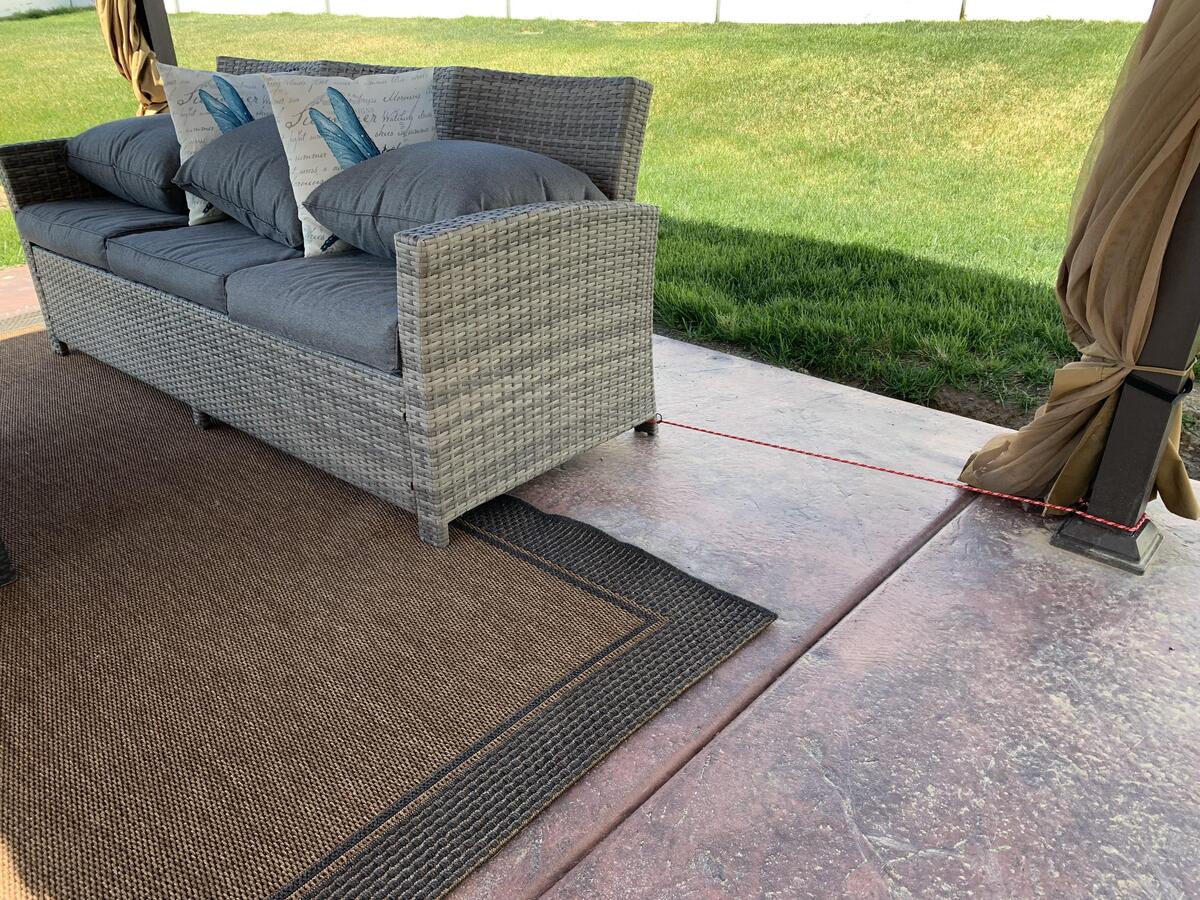
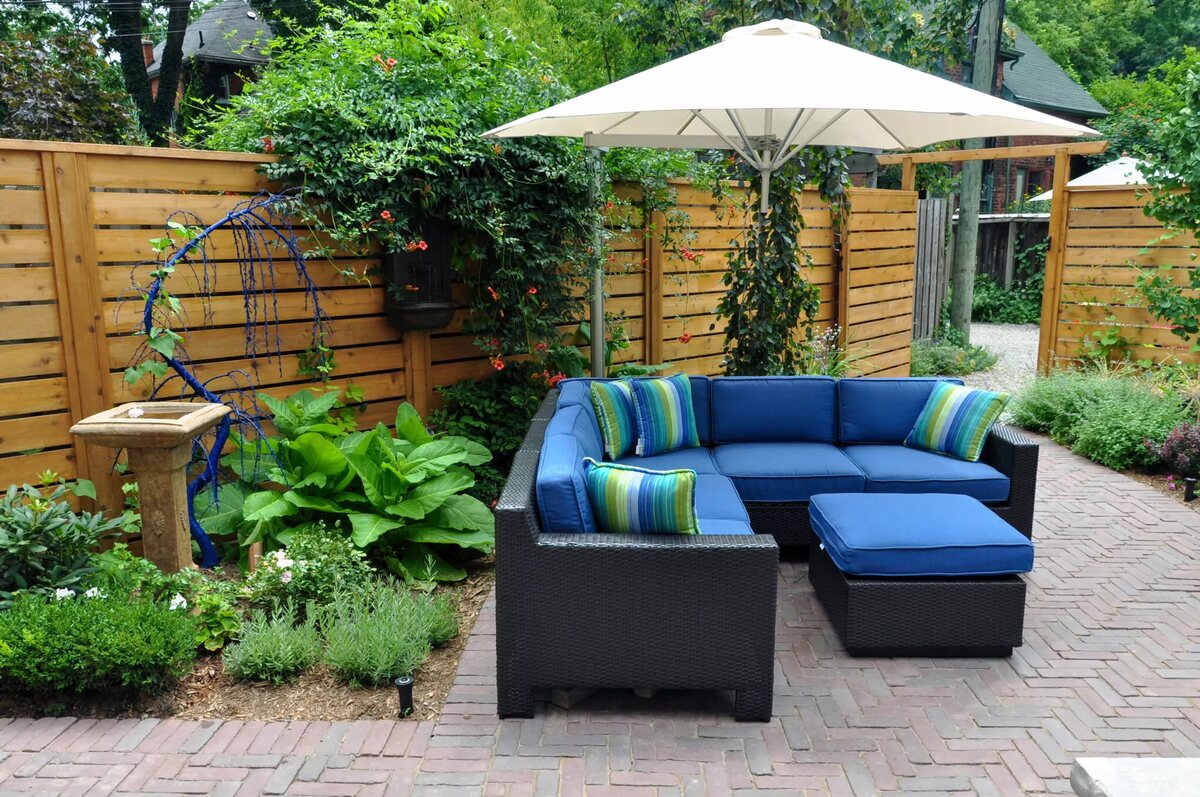
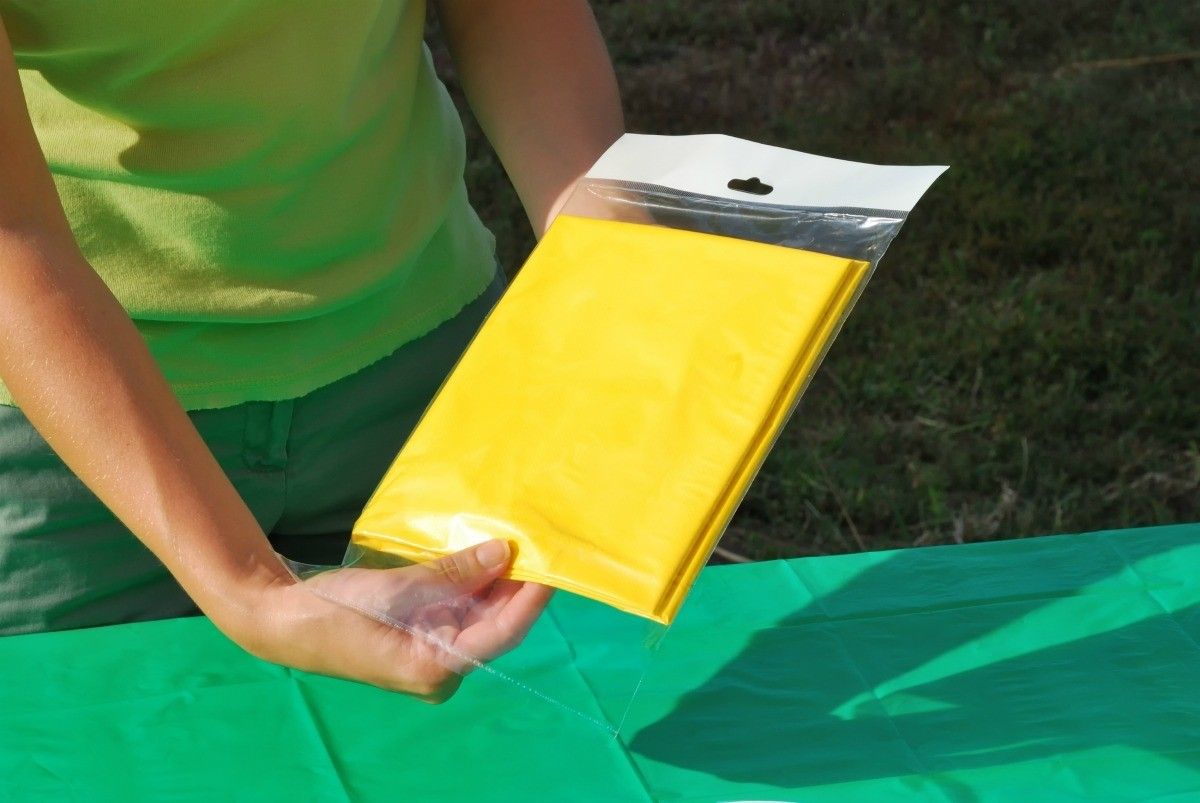

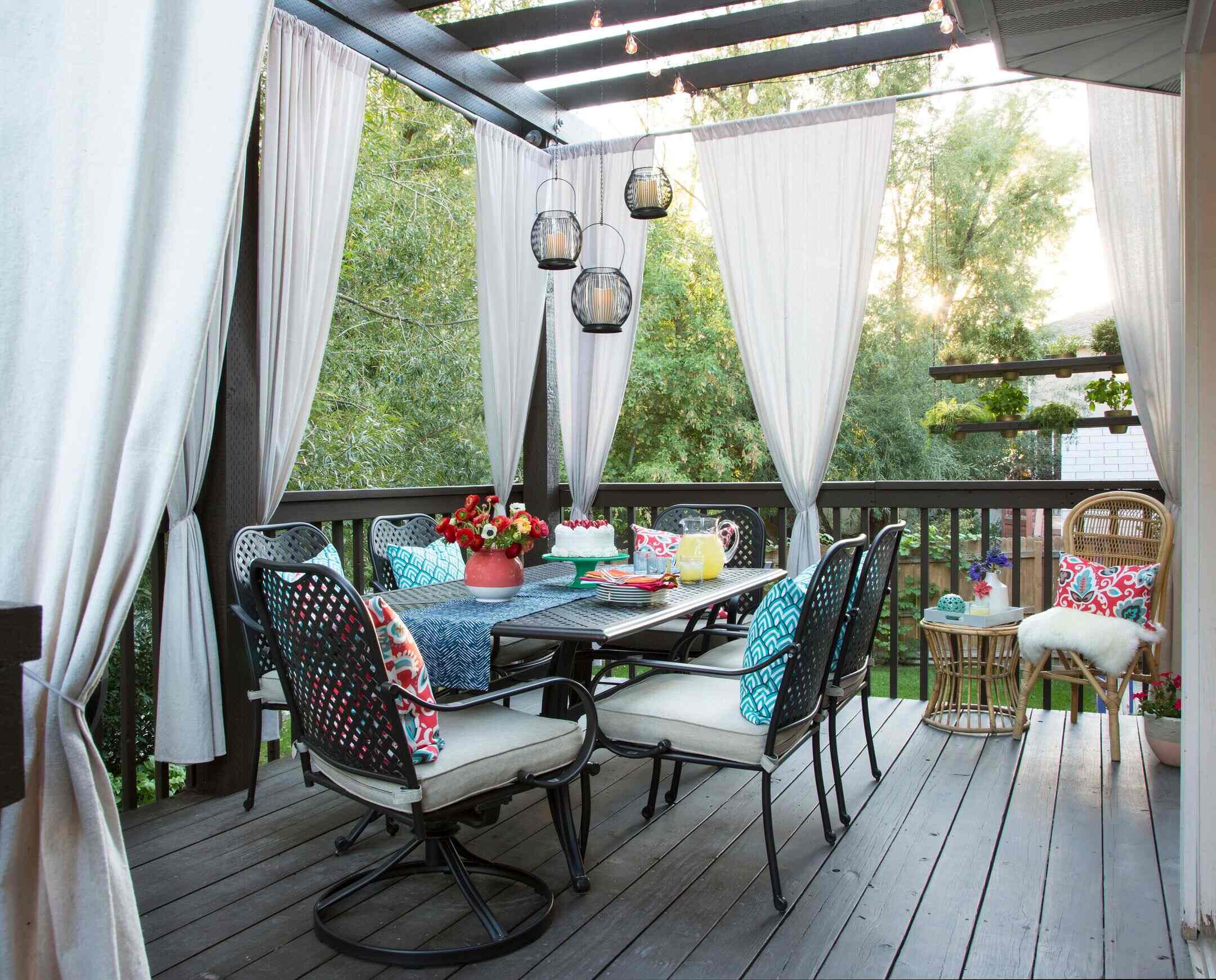

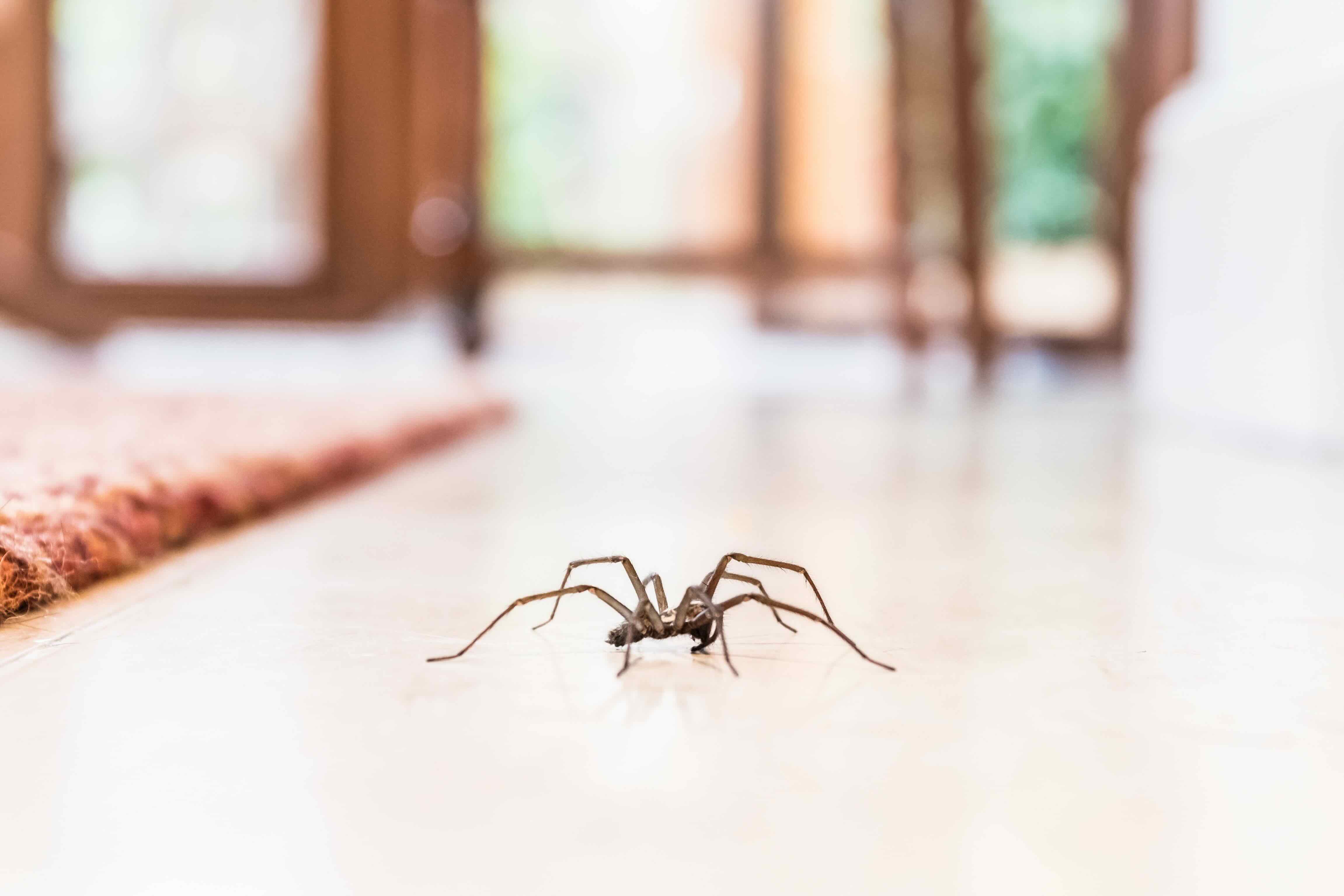
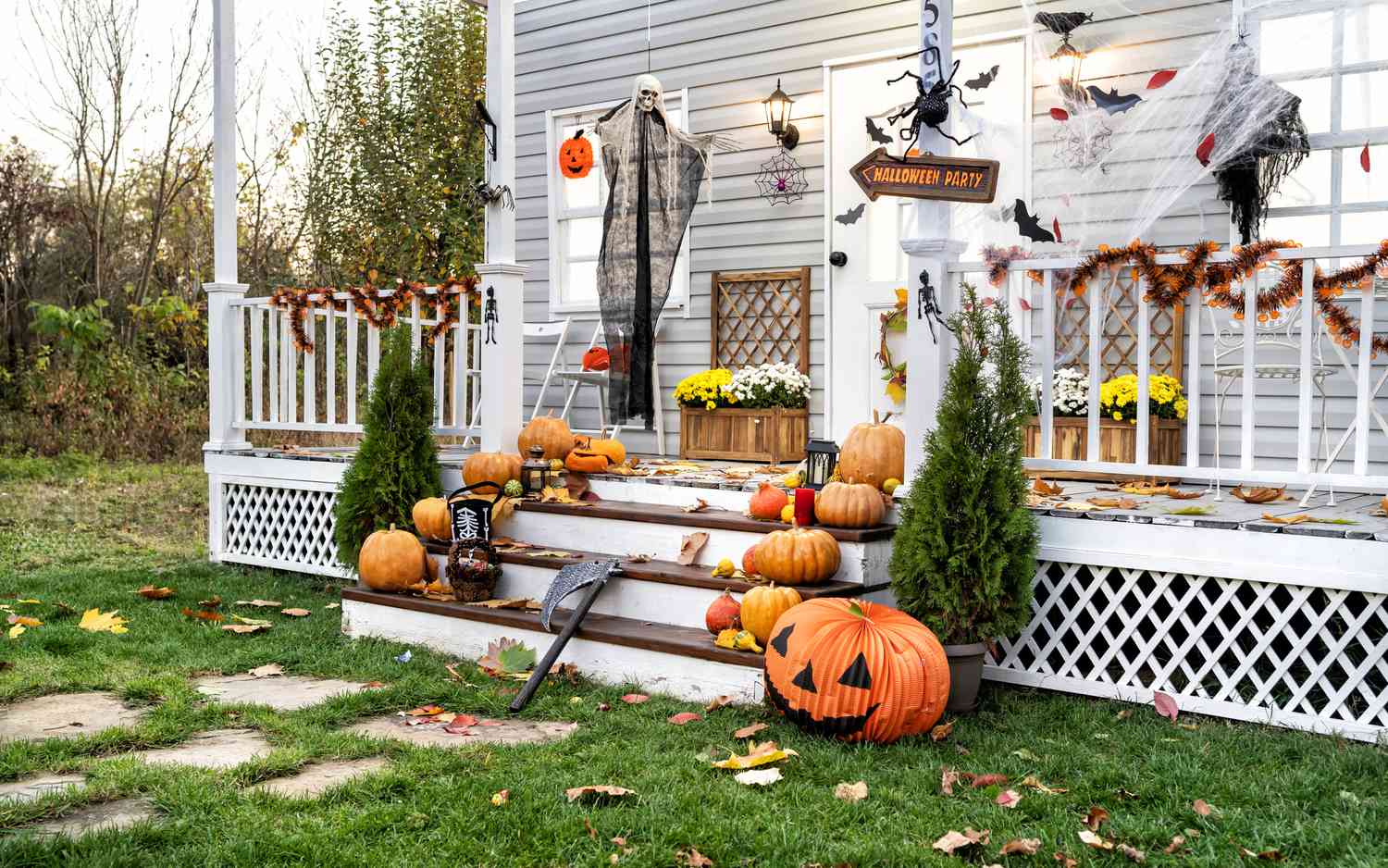

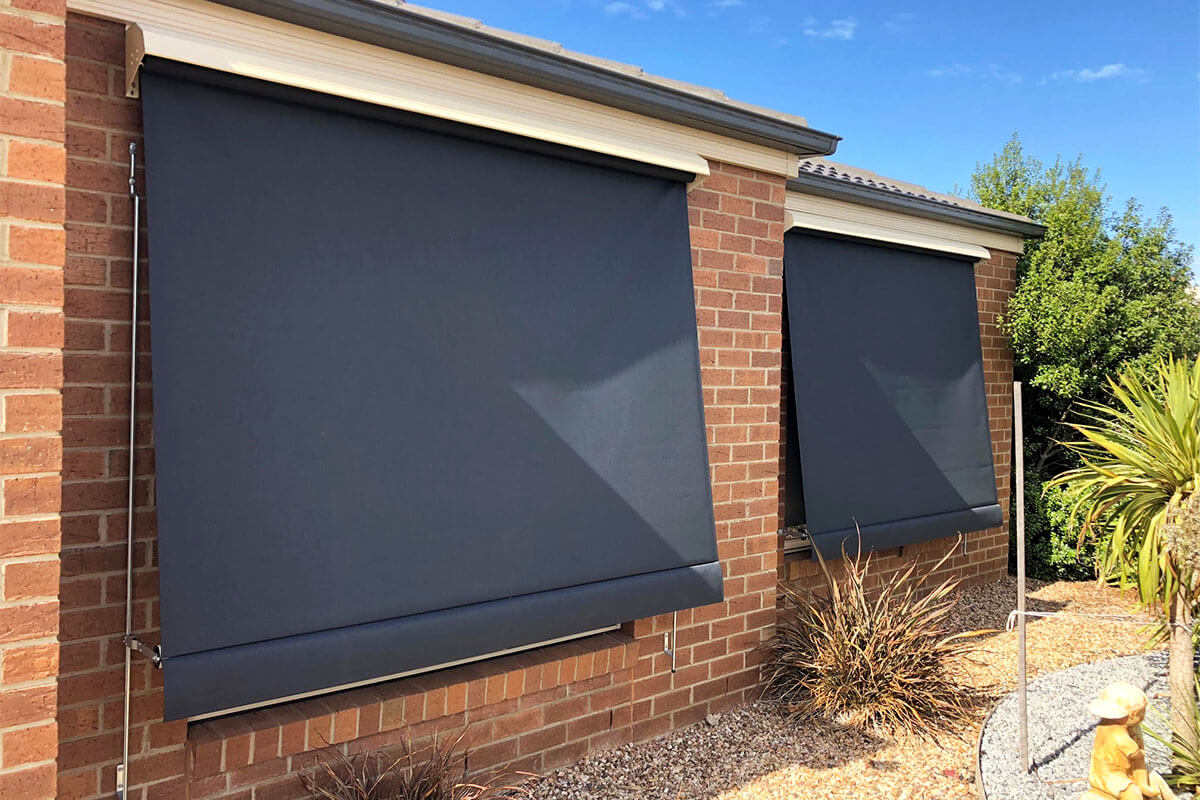
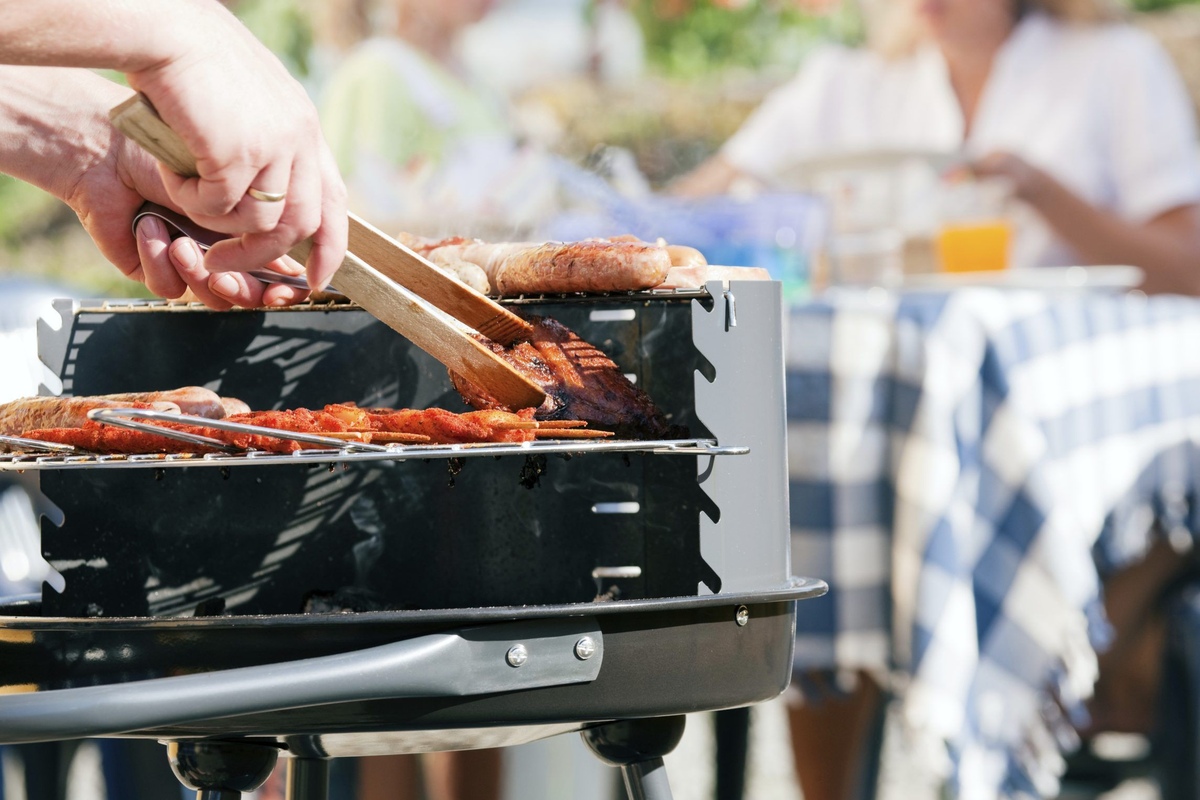

0 thoughts on “How To Keep Outdoor Furniture From Blowing Away”